When it comes to creating an automatic watering system garden designers and gardeners will agree – doing so comes with many benefits. While different practitioners may disagree about precisely how to do so, all agree that automating watering or irrigation can often be a great idea.
How to Automate Watering: the Basics

In order to understand why you should automate watering in your garden, you first need to understand the basic requirements of an automated watering system and what exactly establishing one entails.
An automated watering system is typically made up of a water source, timers, valves, tubing, and emitters.
The source of the water can be as simple as a garden hose or as complex as an underground irrigation system or the reservoir in a self-watering planter.
Timers control when and how long the system operates. They help you make sure that your plants receive consistent moisture without any manual intervention from you, the gardener.
More sophisticated automatic watering systems may also control when water is provided based on an app receiving feedback from environmental monitoring equipment.
This means that the automatic watering system can come on only when it has not rained sufficiently, (if growing outdoors), or when temperatures are higher or humidity lower indoors, to give a few examples. In other words, feedback can allow us to automate watering with a higher level of precision.
The Benefits of Automatic Watering Systems
There are a range of reasons why automating watering systems in your garden is a good idea, no matter what, where and how precisely you grow.
You should automate watering to:
Conserve Water
Setting up an automatic watering system for your garden is one of the many strategies that you can employ to conserve water in your garden.
Conserving fresh water is vitally important wherever you live, no matter how much rainfall there is in your area, and no matter how freely available water seems to be.
Fresh water is one of the most vital natural resources on Earth. Although fresh water constitutes only 3% of the total water on Earth, most of it is inaccessible, being trapped in ice, glaciers, or underground. Many regions already face fresh water scarcity, and this issue is becoming more widespread.
Many regions are already experiencing fresh water crises, primarily due to human activities. And issues created by freshwater misuse, deforestation, agricultural practices and industry are exacerbated by global warming and alterations in our weather patterns.
Individuals and households also contribute to the freshwater crisis through careless water use, inappropriate appliances, and unnecessary activities like lawn watering and car washing. In developed countries, there is often a lack of awareness about the planet's water cycle, leading to the false assumption that fresh water will always be readily available.
However, if we adopt sustainable water practices, there will always be enough fresh water to meet our needs. By ending cycles of abuse and implementing sustainable storage and use methods, we can ensure the availability of fresh water for future generations.
Garden More Sustainably
Conserving water is one of the steps that you can take to garden in a more eco-conscious and sustainable way. So using LetPot automated watering system in your garden will not only help prevent freshwater shortages and misuse, it can also, by extension, make you a more sustainable gardener.
Of course, to garden more sustainably you not only need to think about how you water or irrigate, but also the type of water you choose and where it comes from. You should always use natural rainwater to water or irrigate your garden whenever possible.
Choosing the right automated watering system can help you to ensure that you make the most of all the rainwater you are able to catch and store on your property, no matter how much or how little falls where you live.
One thing to remember is that by using rainwater wisely and in moderation, using an automated irrigation system, you can use less municipal water. And that not only saves water but also potentially saves energy, and prevents pollution, that is often otherwise expended or created in treating and delivering the water you use.
Save Time
Automated irrigation systems are not only useful in broader ways, but can also help you at a more personal level. We all lead very busy lives these days and finding the time to tend a garden can often be a challenge for many of us.
Watering by hand can be a considerable outlay of time and effort. You may often have to water once or even twice a day in summer, and it can be quite the burden when you have a lot of other things demanding your time and attention.
Setting up the right automated garden watering system can definitely save you time and effort, so you will have more time to do the things you want to do – including enjoying your garden.
Save Money
By saving on water and energy, the right automated watering system can potentially save you money too. Creating a good garden does not need to cost the earth, either literally or metaphorically speaking.
Making the right choices when it comes to watering and irrigation can help you stay within budget and get a great garden for less.
Whether you have to pay for the amount of water you use or not, the right system can save you money by preventing the loss of plants, allowing you to grow more of your own food, and keeping your garden growing strong to provide other resources that limit the amount you have to buy.
Gain Convenience
As well as saving you time and money, the right automated watering system for your garden can also make things easier and more convenient for you as the gardener.
For one thing, you will not be tied to the garden as much each day. Since you will not physically have to be there to water all the time, you can have more freedom to head out for a day in summer, safe in the knowledge that your plants can be automatically watered in your absence.
Automated systems make things much easier when you want to head off for a vacation too. While you may well still have someone come to check in on your plants, that person will not need to be an expert on how much water to provide to which plants, and when, if there is a program running that will automatically provide the water that is needed.
Create a More Reliable and Consistent Watering Schedule
Automated systems can be programmed to water at optimal times, such as early morning or late evening, which minimises evaporation.
Additionally, they can be equipped with sensors to adjust watering schedules based on soil moisture and weather conditions, ensuring plants receive exactly the right quantity of water at the right times.
With an automated garden watering system, you can create more reliable and consistent watering for your plants, and human error is less likely to cause problems for the plants.
Improve Plant Health
Consistent and adequate watering is essential for healthy plant growth. Automated systems ensure that plants receive the right amount of water, preventing under- or over-watering. This reduces plant stress and encourages strong root development, resulting in healthier and more productive gardens.
Providing the right amounts of water at the right times really can make a big difference to how healthy your plants will be, and of course that can also mean more abundant and more beautiful flowers, and when it comes to edible or otherwise useful crops, higher yields.
Adapt More Easily To Change
Modern automated watering systems provide customizable settings, enabling gardeners to adjust schedules to meet specific plant requirements and seasonal variations more easily than they can do when imprecisely watering by hand or by ordinary hose.
They allow the creation of zones for different plant types, ensuring each receives the right amount of water. These systems are scalable, making them suitable for any garden size, from small vegetable patches to large estates.
Automated solutions can be adapted to fit diverse gardening needs efficiently, and, crucially, they can be altered over time as your needs and the needs of your garden plants change over time.
Types of Automatic Watering System
In order to understand the benefits it can also be helpful to take a look at some different types of automatic garden watering system you might consider.
When considering installing an automatic watering system you might consider:
- Self-watering planters with reservoirs of water that can be replenished inside, at the base.
- Various automated hydroponic or aquaponic , or even aeroponic, systems.
- Automated tap timers on a hose.
- Soaker hose systems.
- LetPot Drip irrigation systems.
We have looked at the benefits of installing an automatic watering system, but let's take a look more specifically at why each of these particular options might be a good idea:
Pros of Self-Watering Planters

These systems are neat, small and self-contained. They can be ideal for indoor gardens and small-space growing and are ideal for those who want to grow smaller plants like herbs and leafy salad greens, for example.
Pros of Hydroponic, Aquaponic or Aeroponic Systems

These systems, which involve misting plants or growing them in water rather than soil, do not waste water and can significantly reduce water use when compared to traditional irrigation or watering. They can also be great for small spaces, and can increase the rate of growing and your yields.
Pros of Automated Hose Timers

An easy solution for a range of different garden types, hose timers are a simple and straightforward way to automate watering. They can help you make sure that your plants get the water they need without having to invest in or implement a more expansive irrigation installation.
You can use an automated hose timer with a regular garden hose, or with one of the sustainable irrigation options listed below.
Pros of Soaker Hose Systems

Soaker hoses are perforated or have porous layers though which tiny droplets of water can slowly leak out over time. They allow water to leak out slowly along their length and so when placed below your plants, they allow water to be directed to where it is needed.
This means that they are a step up from more water wasteful irrigation systems like flood systems or sprinklers, and can work well in certain settings.
Pros of Drip Irrigation Systems

Automated drip irrigation systems are another good water-wise, water-saving choice. Drip irrigation systems use less water than other forms of irrigation.
Like soaker hoses, such systems ensure that water ends up exactly where it is needed, by plant roots, at the base of plants rather than more randomly over all of the plants and soil.
Drip irrigation is often the most efficient form of irrigation system as it delivers water close to the roots. Add a timer to deliver the water early in the morning, when evaporation rates are lower and little will go to waste. Careful directing of water can also potentially reduce weed growth since areas outside the root zones of crops do not receive as much water.
If properly designed, installed, and managed, drip irrigation may help achieve water conservation by reducing evaporation and deep drainage when compared to other types of irrigation such as flood or overhead sprinklers since water can be more precisely applied to the plant roots.
In addition, drip can eliminate many diseases that are spread through water contact with the foliage. In very arid regions or on sandy soils, the trick is to apply the irrigation water as slowly as possible. Irrigation scheduling can be managed precisely to meet crop demands, holding the promise of increased yield and quality.
As you can tell from the above, there are many good reasons to automate watering in your garden, and some care when choosing the right method can bring even more benefits for you and your garden plants.
Other Plant Hydroponic Growing Tips
If you are also interested in other hydroponic plants, please read related articles.
- The Best 11 Easy-To-Grow Vegetables in Hydroponics
- Top 10 Fruits to Grow in Hydroponic Systems
- Hydroponic Herbs: A Beginner's Top 10 List
- How to grow hydroponic cherry tomatoes Indoors: A Detailed Guide
- How to grow cilantro hydroponically indoors: A Beginner’s Guide
- How to grow Hydroponic Bell Peppers indoors: A Detailed Guide
- How to Grow Hydroponic Blueberries Indoors: A Detailed Guide
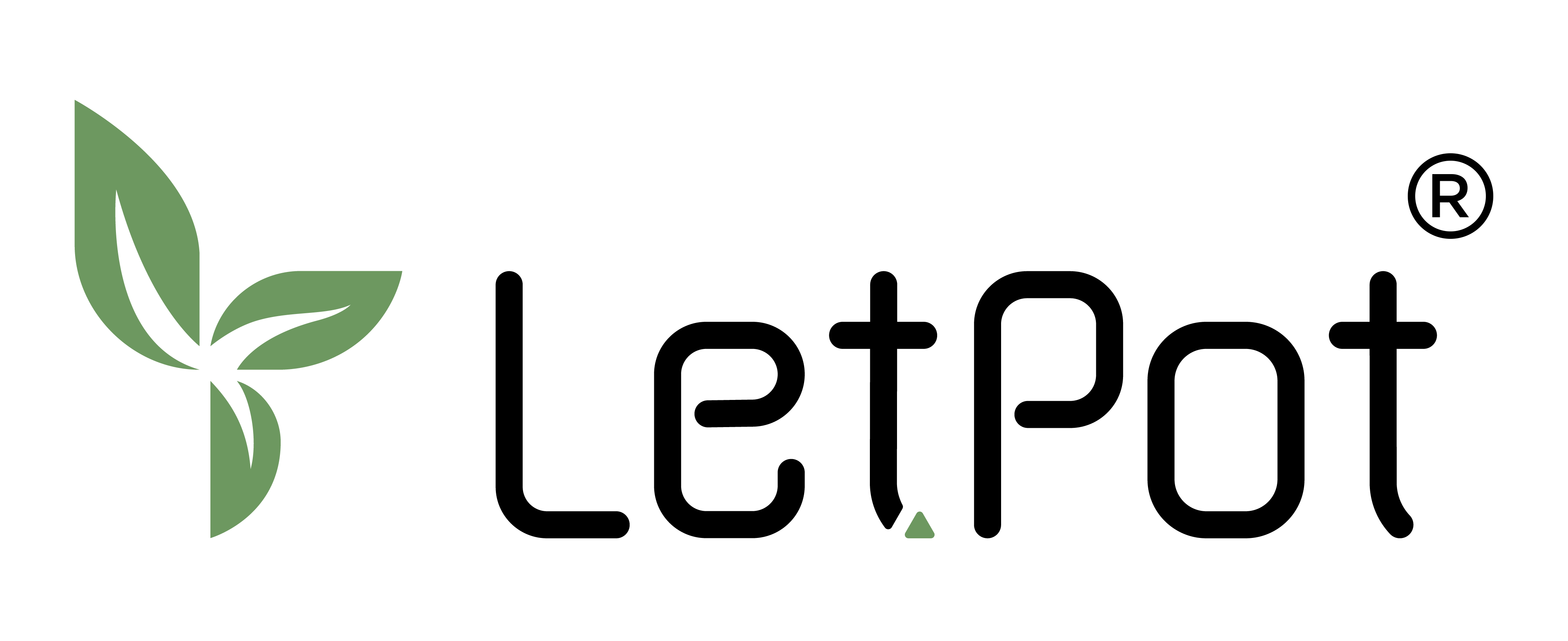
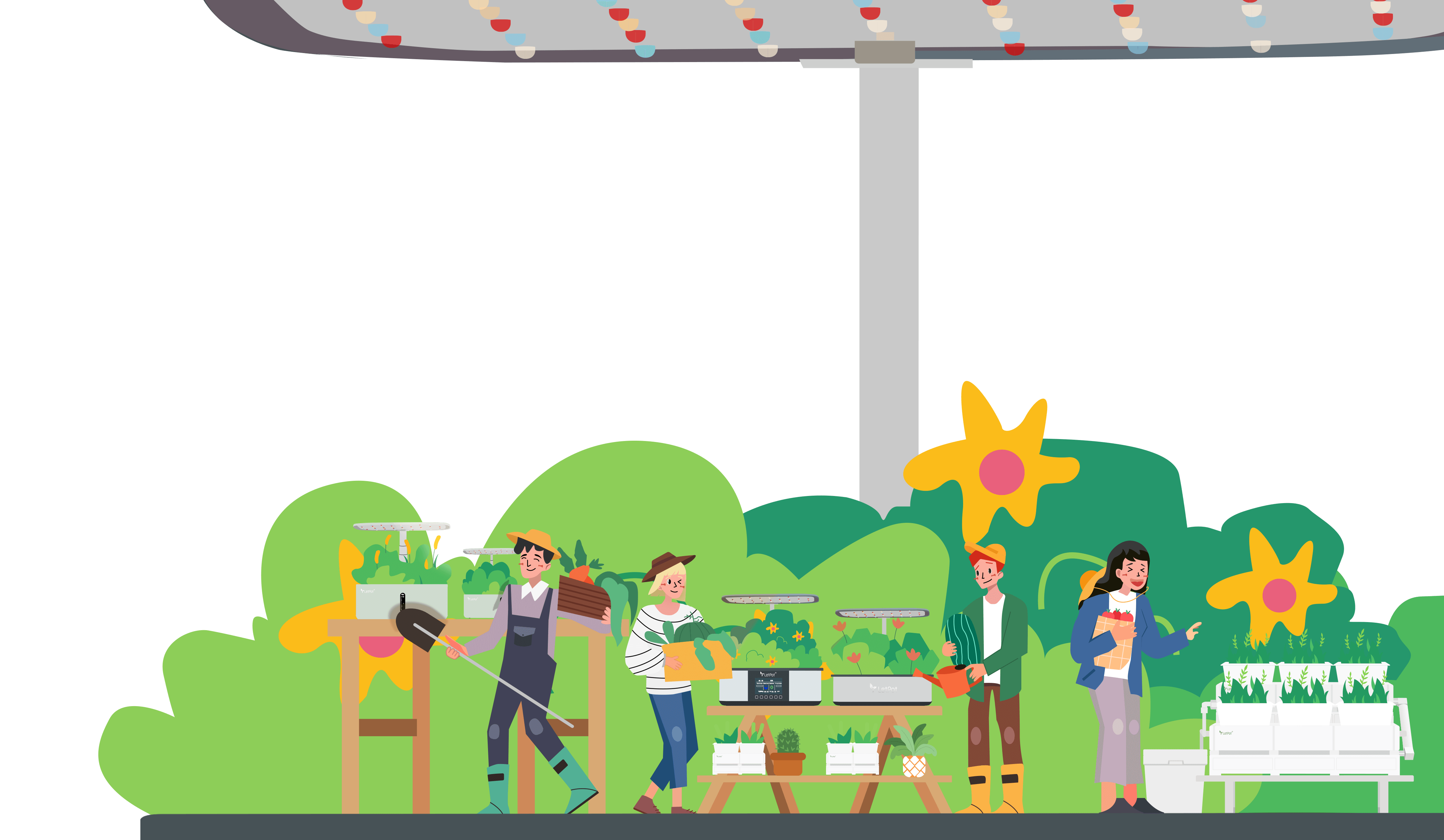
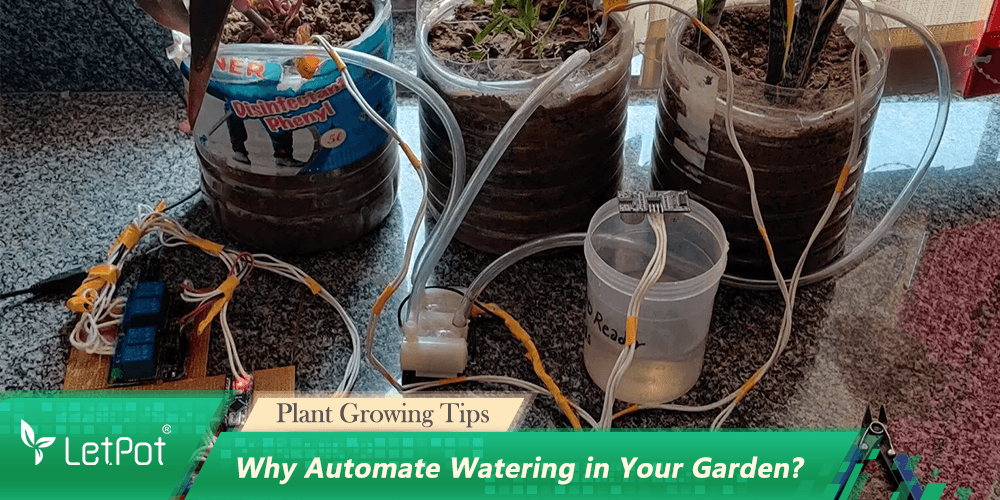
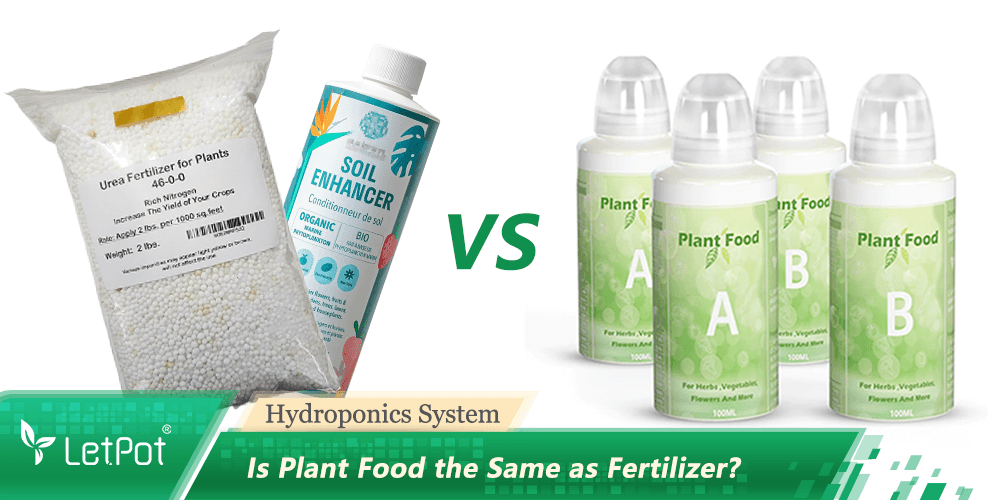


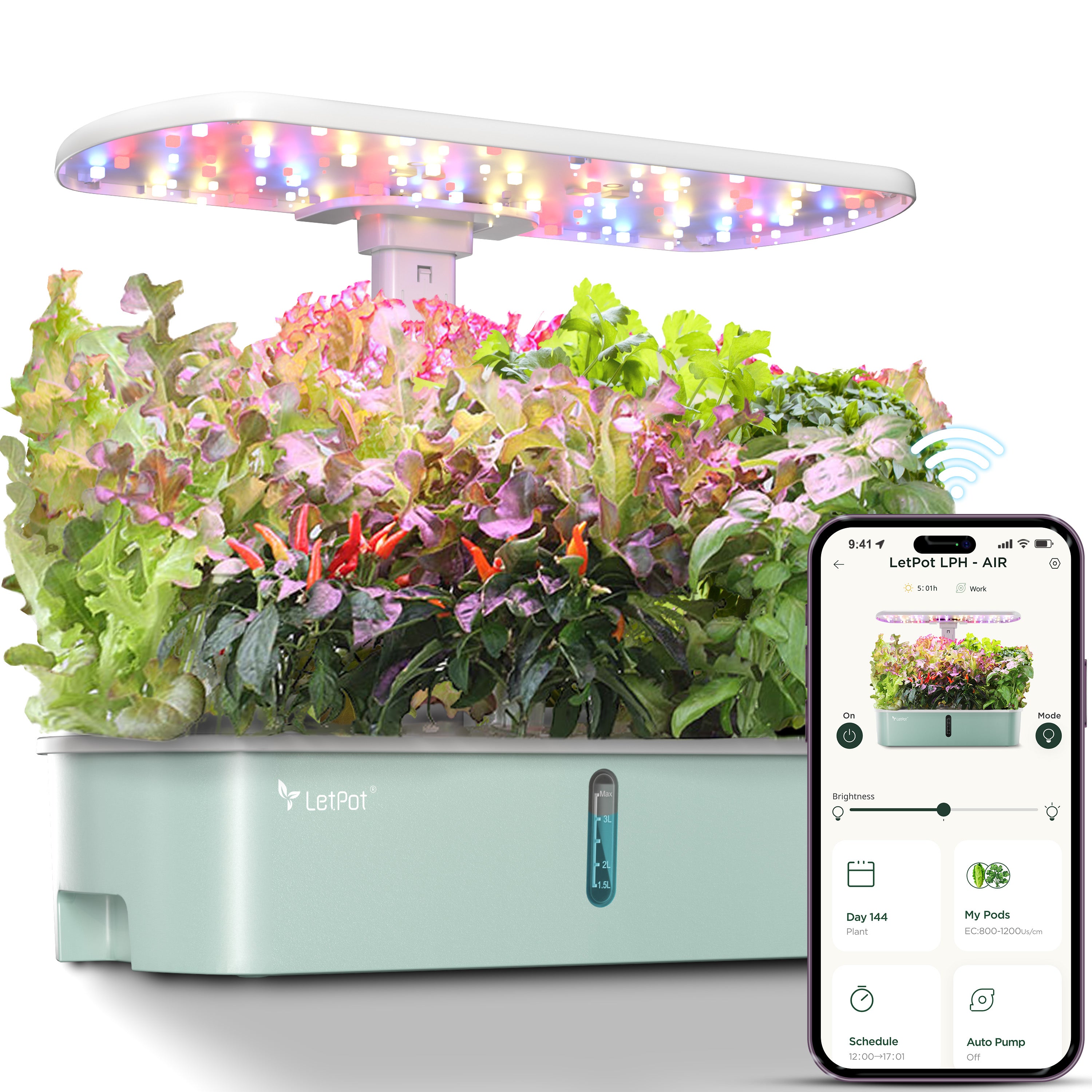
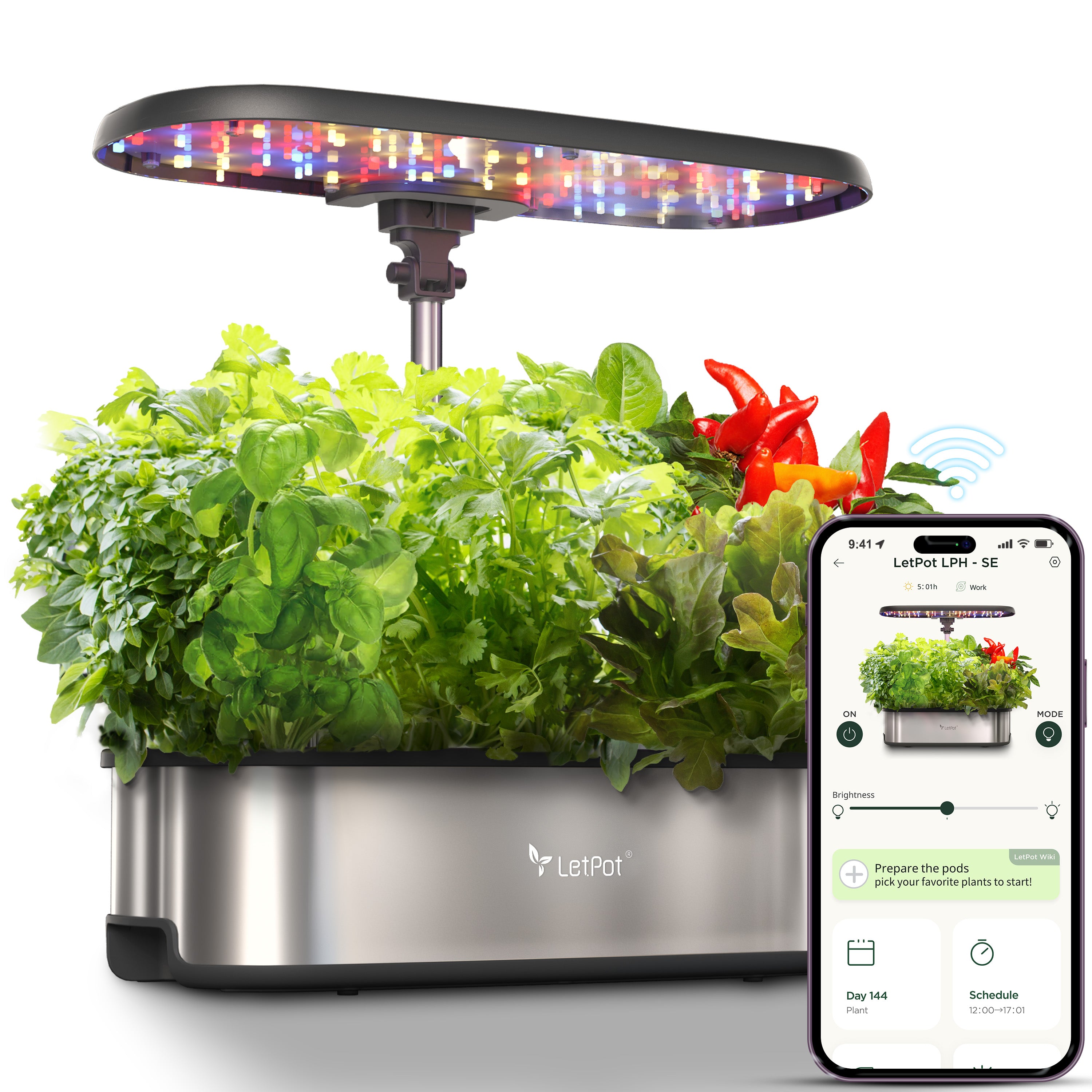
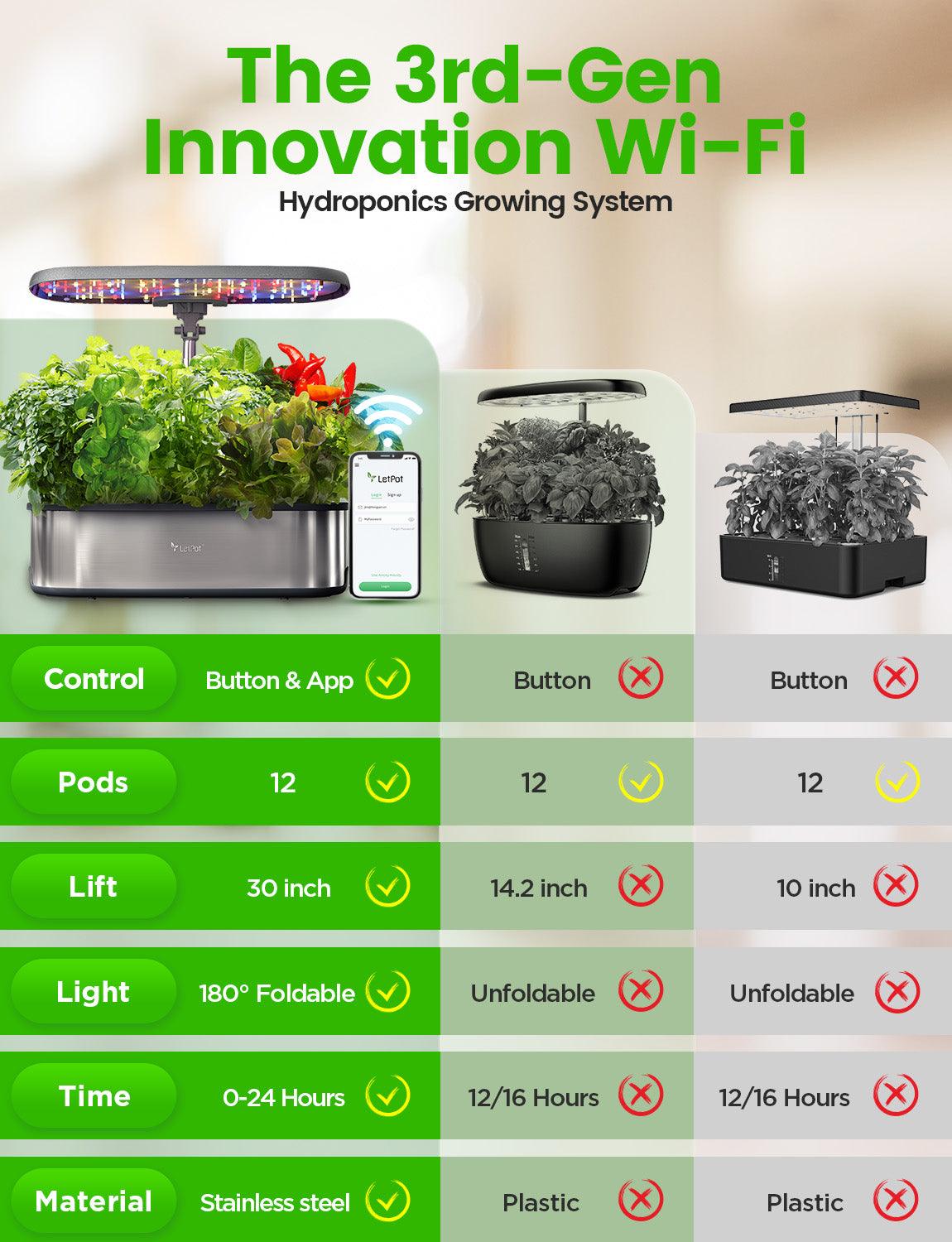
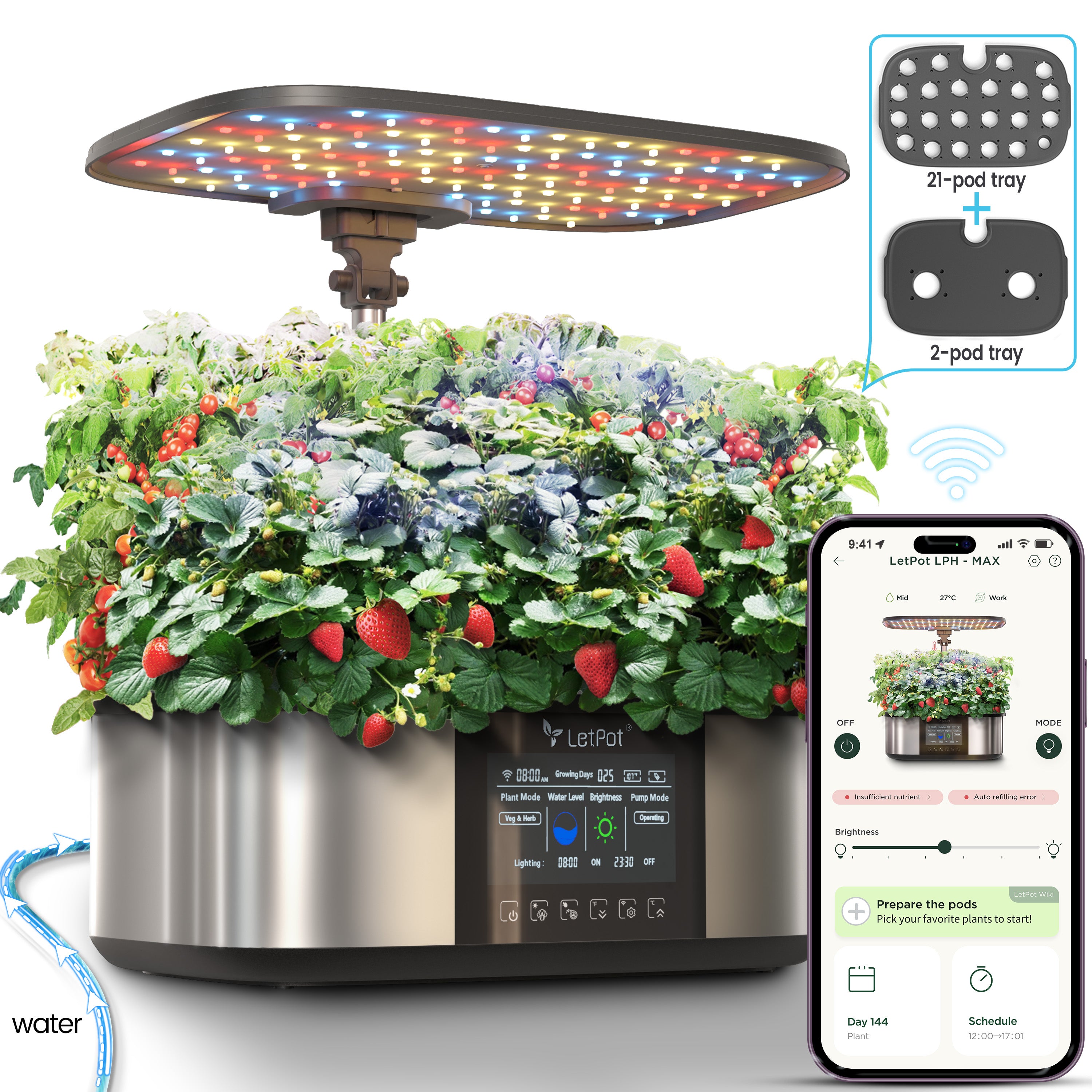
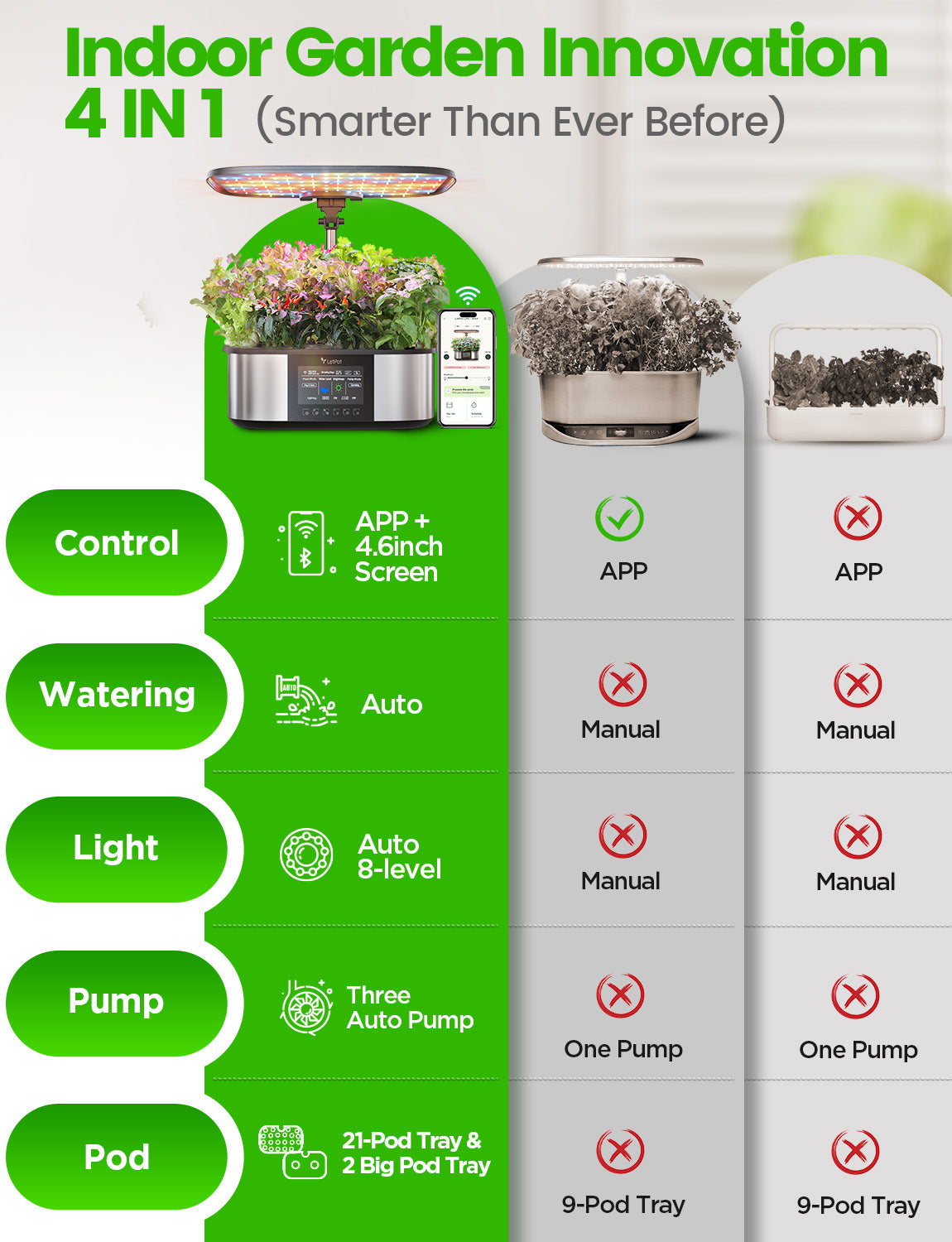
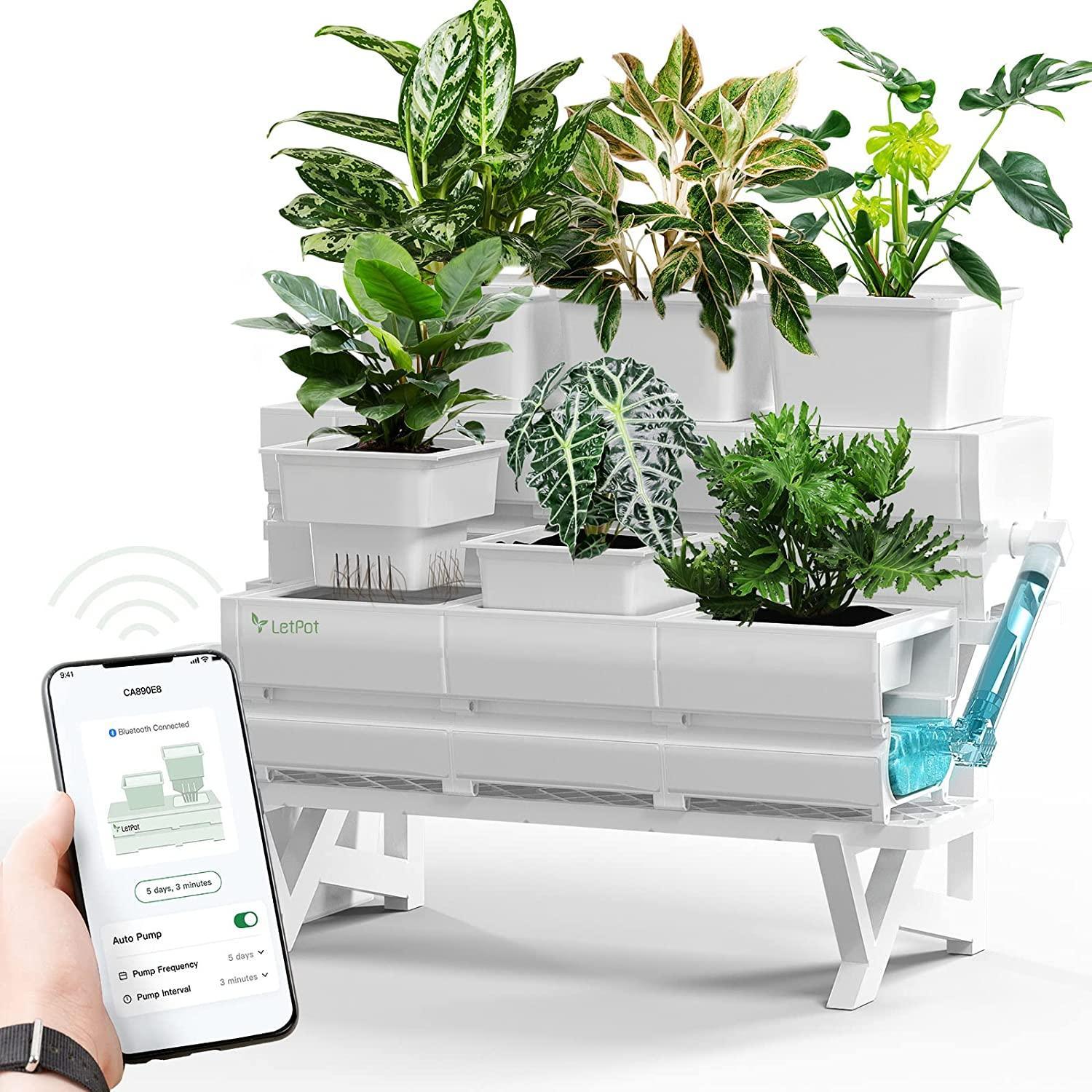
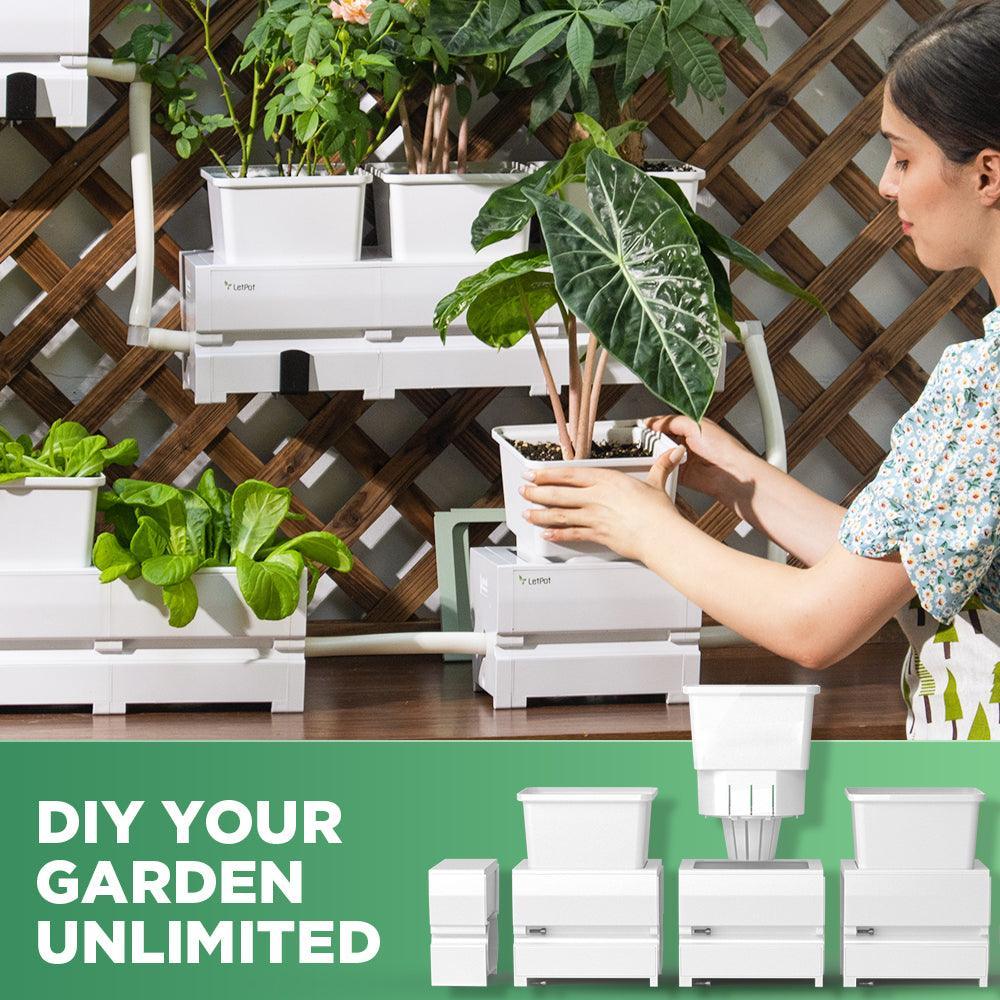
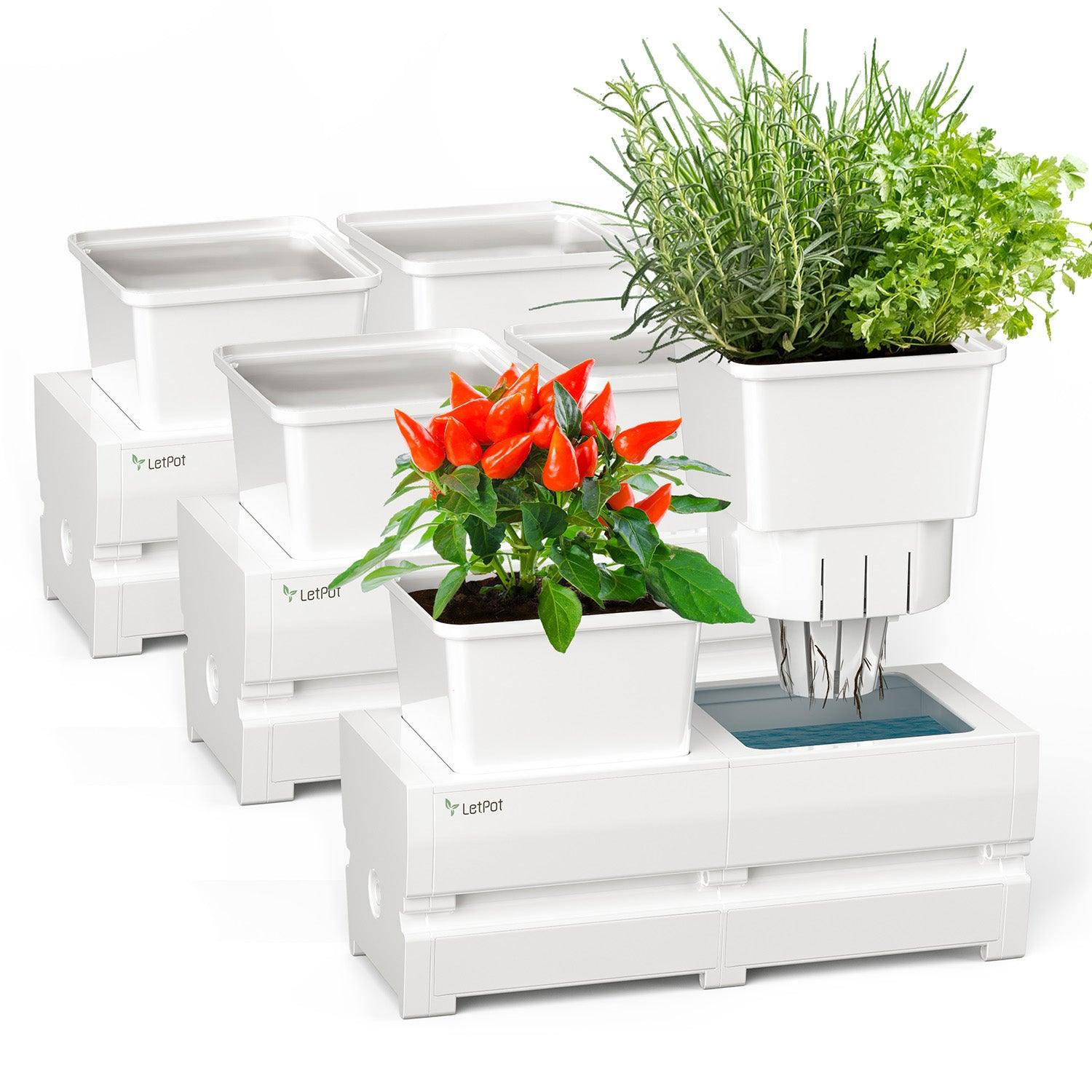
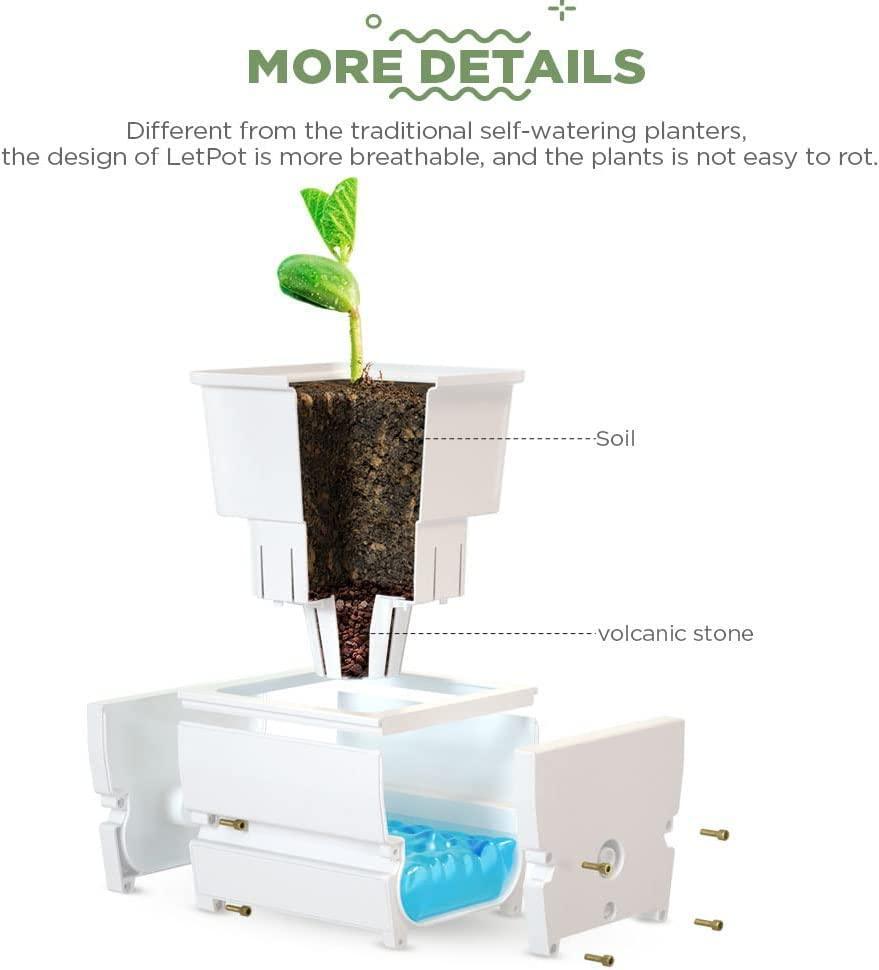
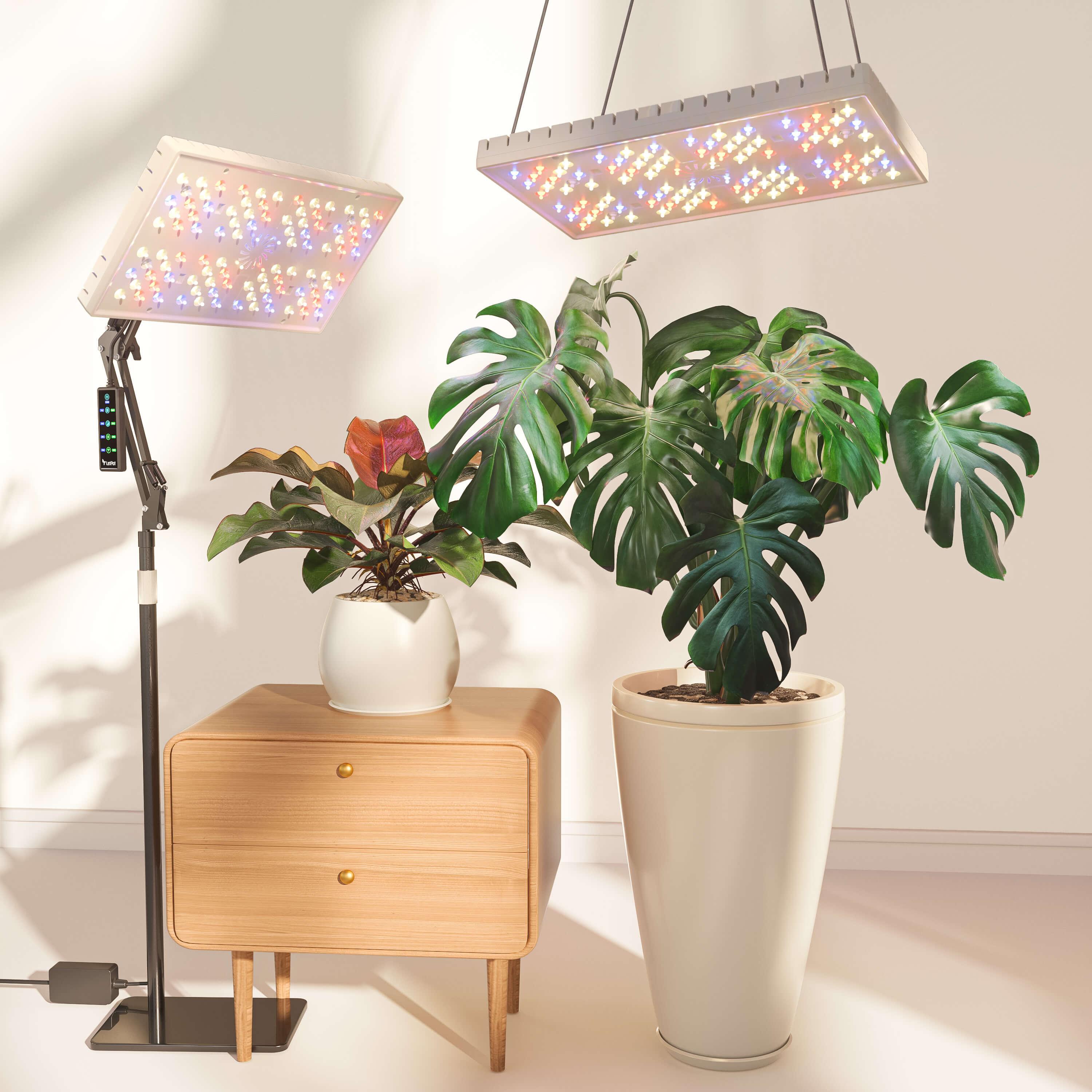


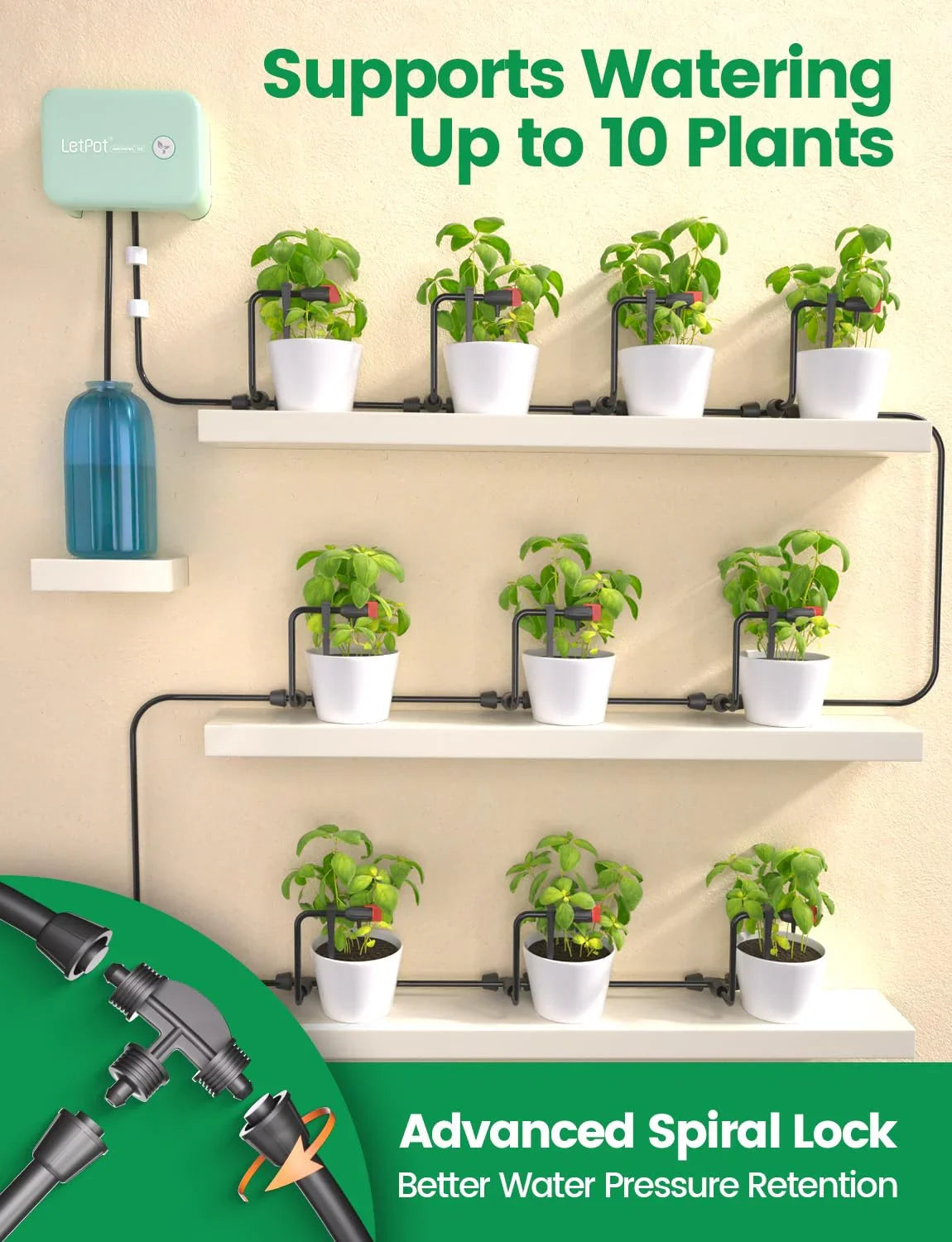
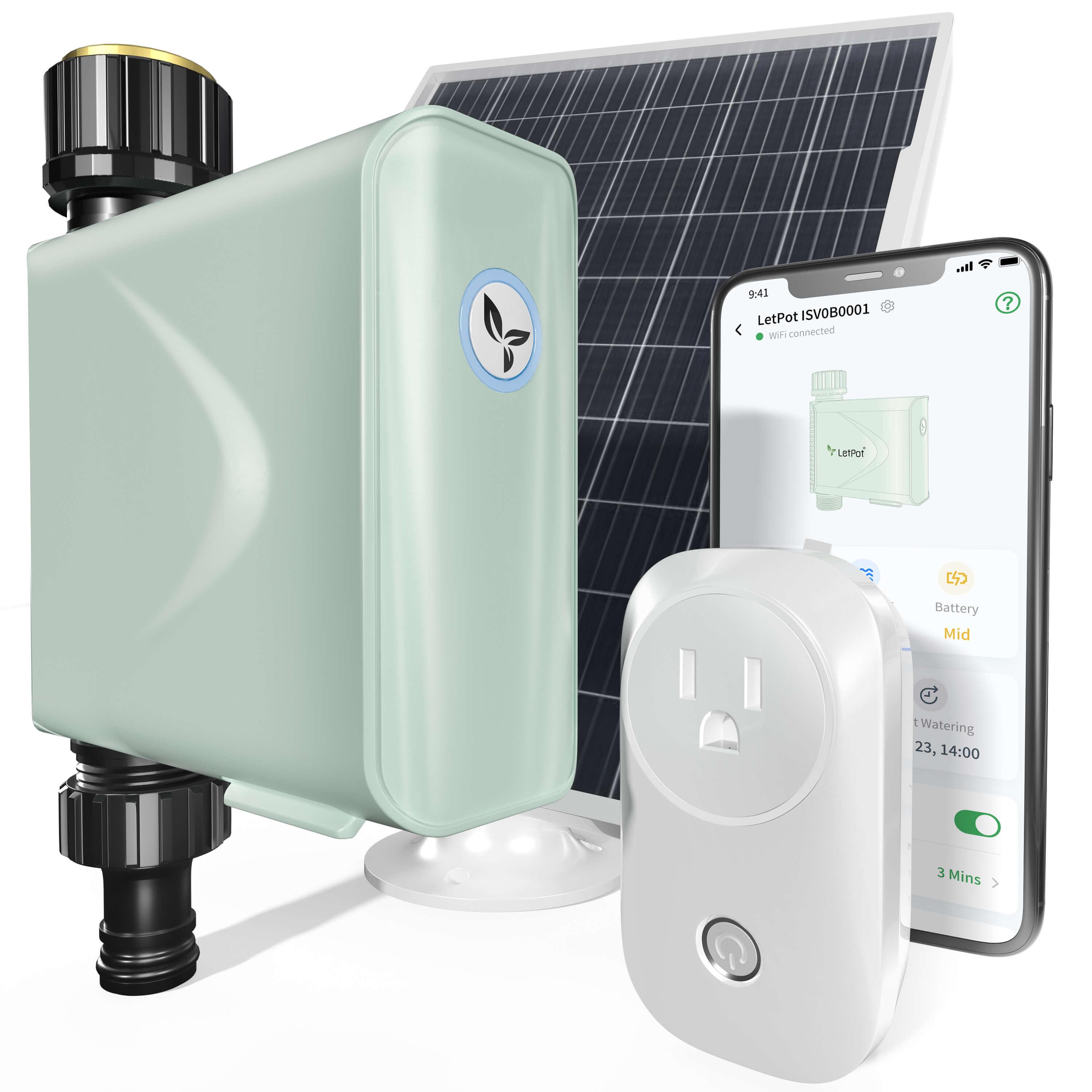


Leave a comment
All comments are moderated before being published.
This site is protected by hCaptcha and the hCaptcha Privacy Policy and Terms of Service apply.